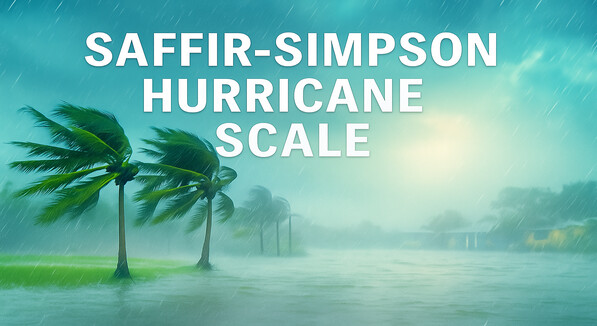 Tornadoes, floods, thunderstorm winds, hail, lightning, heat, wildfires, rip currents and tsunamis – spring is three months of danger that can imperil the unprepared. It roars in like a lion and continues to roar across the United States throughout March, April and May.
Tornadoes, floods, thunderstorm winds, hail, lightning, heat, wildfires, rip currents and tsunamis – spring is three months of danger that can imperil the unprepared. It roars in like a lion and continues to roar across the United States throughout March, April and May.
Spring is a time of transition, when late-season snowstorms can impact the East Coast and the Northern Plains, thunderstorms rip across the South and Midwest, rivers overflow their banks and heat waves begin in the Southwest. And there’s one hazard that can strike the coasts at any time: tsunamis.
Don’t let this dangerous season catch you unaware. Get ready for spring with just a few simple steps: Know Your Risk, Take Action and Be a Force of Nature.
1. Know Your Risk
Tornadoes, floods, thunderstorm winds, hail, lightning, heat, wildfires, rip currents and tsunamis can be a killer for the unprepared. Here’s what you need to know about these dangerous hazards:
- Since 2003, 43 states within the continental United States have come under a tornado watch; 49 states have come under severe thunderstorm watches; and lightning strikes occur in every state.
- More than half of the total freshwater flood-related deaths each year result from motorists driving into floodwaters. It only takes 12 inches of water to carry off a small vehicle.
- Heat is one of the leading weather-related killers in the United States, resulting in hundreds of deaths each year. The heat wave of 1995 claimed more than 700 lives in the Chicago area alone.
- In 2014, there were 26 lightning fatalities – six in Florida alone.
- Wildfires kill 30 people, destroy 2,800 homes and burn more than 7 million acres, on average per year.
- The United States Lifesaving Association estimates that more than 100 people each year die in the surf zone waters of the U.S. and that rip currents cause the majority of those fatalities.
- Since the beginning of the 20th century, 34 tsunami events have caused more than 500 deaths and over $1.7 billion (2014 dollars) in damage to U.S. coastal states and territories.
2. Take Action
While the weather may be wild, you are not powerless. Prepare for spring hazards including tornadoes, floods, thunderstorm winds, hail, lightning, heat, wildfires, rip currents and tsunamis with these simple steps:
- You may have only minutes to find shelter before a tornado strikes. Practice a family tornado drill at least once a year.
- Whether driving or walking, any time you come to a flooded road, Turn Around Don’t Drown®.
- Check to see if officials in charge of sports have a written lightning safety plan.
- Extreme heat comes early to the Southwest. During a heat wave, reschedule strenuous outdoor activities for the coolest time of the day.
- If you live near wildland areas, make sure you home is Firewise and fire-safe.
- This spring break, avoid rip currents by checking the local beach forecast and talking to the lifeguard.
- If you live, work or play on the coast, learn about tsunami safety.
3. Be a Force of Nature
Being prepared is about helping your community. Share your weather preparedness and emergency preparedness story and you’ll inspire others to prepare.
- Write a post on Facebook. Share with your friends and family the details of how you’re weather-ready.
- Tweet that you’re prepared with #SpringSafetyPrep. Help us build an online community of the prepared.
- Create a Family Communication Plan so that your loved ones know how to get in touch during an emergency. And let your friends know that they should create a plan also.
- Look for ways to help your town prepare, such as volunteering with the American Red Cross or joining a Community Emergency Response Team.
- Register for America’s PrepareAthon! to learn how to stay safe during disasters.
These simple steps will help keep you safe from tornadoes, floods, lightning, heat, wildfires, rip currents and tsunamis. A little bit of preparation can make a big difference. And being ready for these hazards will help you throughout the year.
Severe Weather Preparedness Guides:
- Guide on how to prepare for an “earthquake”
- Guide on how to prepare for a “flood”
- Guide on how to prepare for a “hurricane”
- Guide on how to prepare for a “tornado”
- Guide on how to prepare for a “wildfire”
- Guide on how to prepare for a “winter storm”
Related Articles:
- How tornadoes form
- Tornado facts
- Life cycle of thunderstorms
- Criteria for a tornado warning
- Criteria for a severe thunderstorm
- Difference between “flood” and “flash flood”



